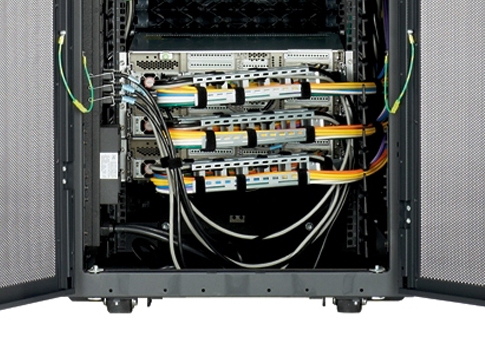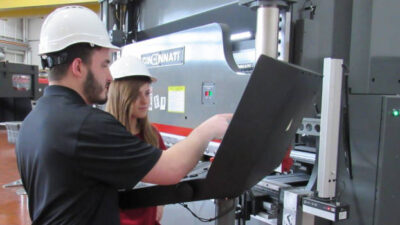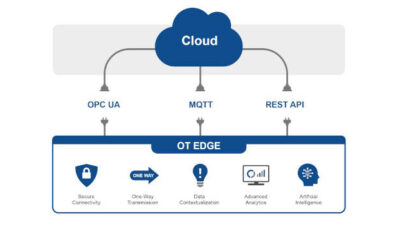Virtualization can seem intimidating to begin, perhaps in part because it may require involving those from IT. Here are three reasons to help you get started, according to Rockwell Automation.

Virtualization can seem intimidating to begin, perhaps in part because it may require involving those from IT. Virtualization breaks the link between operating systems and physical hardware and allows multiple instances of an operating system with independent applications on the same hardware. Chris Di Biase, principal consultant, network and security services, Rockwell Automation, shares three reasons to help you get started with manufacturing virtualization.
1. Improve upgrade efficiency. Virtualization breaks the link between hardware and software. Traditionally, IT-based plant hardware upgrades like PC-based HMIs required manufacturers to (prematurely) upgrade their software. Virtualization allows manufacturers to create separate upgrade cycles, extending the useful life of their software systems and driving application upgrade decisions based on business need.
2. Lower costs. Virtualization allows a facility to run multiple applications and operating systems from a single server versus the traditional one-to-one approach. Greater server utilization and consolidation can free up floor space, while bringing down maintenance and energy costs.
3. Reduce downtime. Virtualized infrastructures can self-heal. If one physical server goes down, for example, the virtual system can automatically restart the lost applications on other physical servers to quickly get production running again or even prevent it from stopping. Hardware failures no longer need to be major production-halting events.
– Edited by Mark T. Hoske, content manager, CFE Media, Control Engineering, [email protected].
ONLINE
Learn about ways to transition to a virtual manufacturing environment below.



